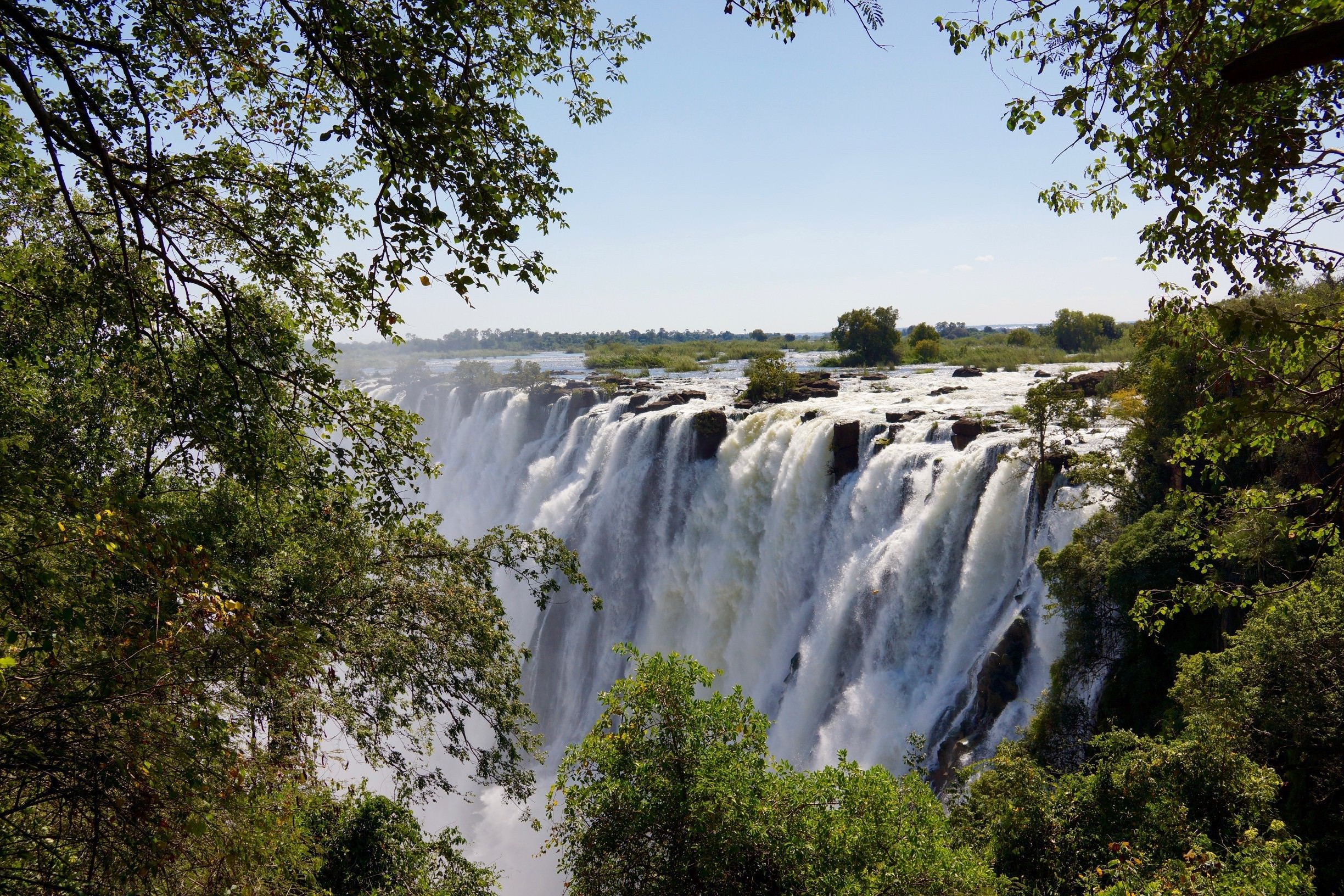Zambezi River Basin significance

The Zambezi River, often referred to as the “River of Life,” stands as one of Africa’s most vital waterways. Flowing through six countries in southern Africa, this majestic river and its surrounding basin offer a wealth of resources and ecosystems that are indispensable to both human communities and wildlife. In this blog post, we will delve into the reasons why the Zambezi River basin is crucial for the well-being of both people and the diverse range of wildlife that call this region home.
Abundant Water Resources
The Zambezi River basin is a source of abundant freshwater resources, making it a lifeline for human communities across its course. Millions of people rely on the Zambezi for drinking water, irrigation, and fishing. The river’s consistent flow is crucial for sustaining agriculture and providing access to clean water, especially in arid regions where water scarcity is a pressing concern.
Agricultural Prosperity
The fertile floodplains of the Zambezi River basin are a hotspot for agriculture. The annual flooding of the river replenishes the soil with nutrients, making it incredibly fertile. Local communities depend on these floodplains to cultivate crops such as maize, rice, and vegetables. The sustained agricultural output from the basin plays a significant role in ensuring food security for millions of people.
Hydroelectric Power Generation
The Zambezi River basin is home to several hydroelectric power plants, including the iconic Kariba Dam and the Cahora Bassa Dam. These power plants generate a substantial portion of the region’s electricity, contributing to economic development and improved living standards. The energy harnessed from the Zambezi powers homes, industries, and infrastructure, driving progress across the basin.
Biodiversity Hotspot
The Zambezi River basin is renowned for its incredible biodiversity. The basin encompasses various ecosystems, including woodlands, wetlands, and savannahs, which provide habitat for a diverse array of wildlife. Iconic species such as elephants, hippos, crocodiles, and numerous bird species rely on the Zambezi’s waters and surrounding landscapes for their survival.
Tourism and Recreation
The natural beauty of the Zambezi River basin attracts tourists from around the world. Visitors come to witness the stunning Victoria Falls, embark on thrilling safaris, and explore the rich cultural heritage of the region. Tourism contributes significantly to the local economies, providing jobs and revenue for conservation efforts.
Cultural Significance
The Zambezi River holds deep cultural significance for the indigenous communities residing along its banks. These communities have developed unique ways of life intertwined with the river’s rhythms. Traditions, rituals, and livelihoods are closely linked to the Zambezi, enriching the cultural fabric of the region.
Ecosystem Services
The Zambezi River basin provides essential ecosystem services, such as water purification, flood control, and carbon sequestration. Wetlands and floodplains act as natural water filters, ensuring the quality of downstream water sources. Additionally, the annual flooding helps regulate water levels, reducing the risk of catastrophic floods and ensuring a stable environment.
Conclusion
The Zambezi River basin is undeniably crucial for both human communities and wildlife. Its waters sustain life, offer economic opportunities, and support a rich tapestry of ecosystems. However, the delicate balance of this ecosystem faces threats from climate change, habitat degradation, and unsustainable practices. It is imperative that conservation efforts and responsible management practices are put in place to ensure that the Zambezi River basin continues to thrive for generations to come. This remarkable river, with its invaluable contributions to people and nature, exemplifies the interconnectedness of our world and the need for sustainable coexistence.




